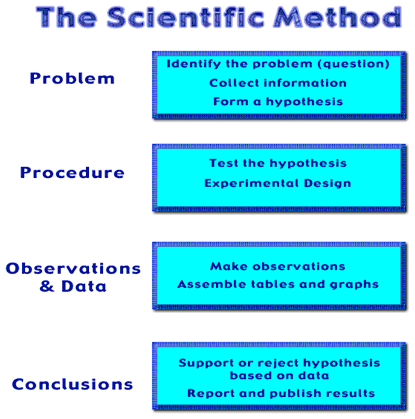The State of Brain Research
Modern brain research is being done in a variety of fields. Experimental psychologists at research universities are developing theories about the social and cognitive aspects of the brain and proving these by running tests on college freshmen. Neuroscientists use imaging techniques along with visual or auditory stimuli to measure and record changes within the brain. Cognitive science is an emerging discipline that was formed to integrate brain researchers in different fields. Princeton describes it as "the field of science concerned with cognition; including parts of cognitive psychology and linguistics and computer science and cognitive neuroscience and philosophy of mind."
Experimental psychologists typically conduct research, develop theories, publish articles, and sometimes teach. Typically, they research topics like attention, learning, memory, thinking, sensation, and perception. They use the scientific method to conduct experiments.

Experimental psychologists set up an experiment to answer a question. For instance, asking the question "what is your favorite color?" can help an experimental psychologist determine what percent of people like the color red, which can lead to inferences about how the brain handles preferences. The experimenter would pass out surveys to a large number of people, as many as he can, to get a good sample of responses. Next, the survey responses are processed and turned into raw data. Finally, the experimenter selects a statistical equation to tell him different things about the data, like whether or not his hypothesis is true!
Brain research in neurobiology laboratories consists of imaging techniques like x-rays, PET scans, MRIs, fMRIs and, in some cases, particularly in animals, angiography. Brain research is usually not conducted on people; the majority of the research is done in laboratories on mice. The mouse brain is very similar to our brain, only much smaller! X-ray technology, like a CT scan, can show the structure of the brain. PET scans, or positron emission tomography, detect gases that have been marked with radioactive material during the experiment. The radioactive signatures allow the PET scan to detect the presence of the inhaled gas in the brain or organs. MRI stands for Magnetic Resonance Imaging. It is a non-invasive brain scan that shows the structure of the brain, like an x-ray in high definition. MRI machines cost millions of dollars. Finally, the fMRI scan, or functional MRI, allows researchers to detect changes to the blood flow in the brain, allowing a very accurate view of the brain and neural activation. Neurobiologists use these techniques to research how different stimuli, like light, sound, or pictures, affect the brain.
Psychotherapy also attempts to understand the human brain. Psychotherapy is a strong component of many therapeutic approaches to treating problems including PTSD, substance addiction, and eating disorders.
Scientists these days recognize that a number of different fields are involved with brain research. This realization has led to the emergence of cognitive science, a discipline that aims to connect researchers from many different disciplines, including psychology, artificial intelligence, philosophy, neuroscience, learning, linguistics, anthropology, and sociology. Cognitive science students typically do coursework in linguistics, philosophy, psychology, and computers, providing a broad, interdisciplinary education.
More Information On Brain Research
- Professional Literature on Brain Research
- Neuroanatomy.com
- NeuroDetective
- Practical Classroom Applications For Current Brain Research